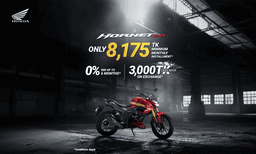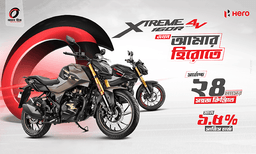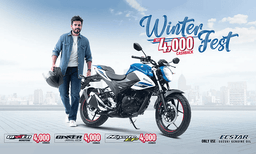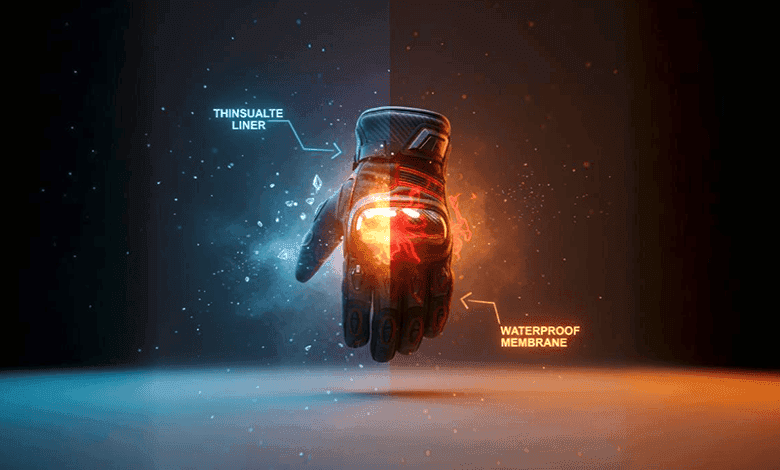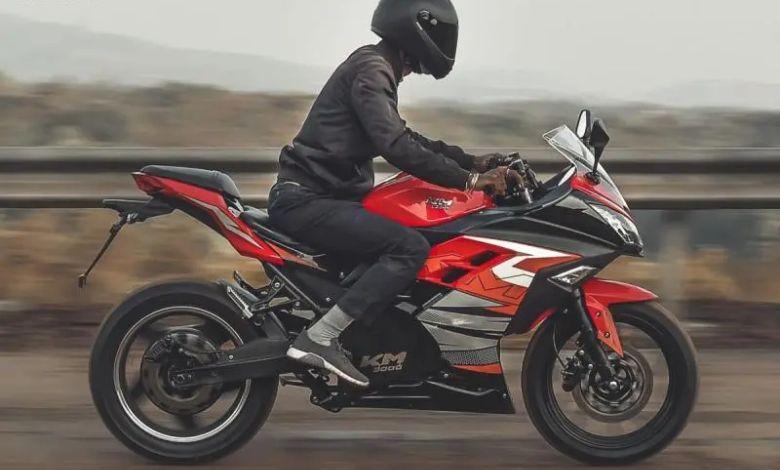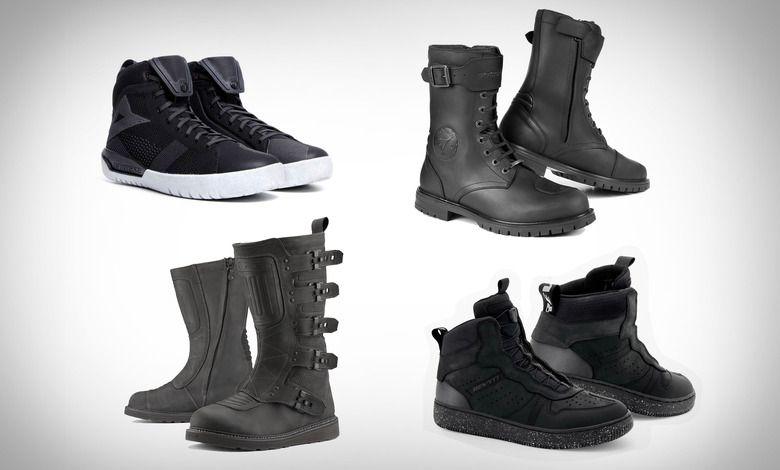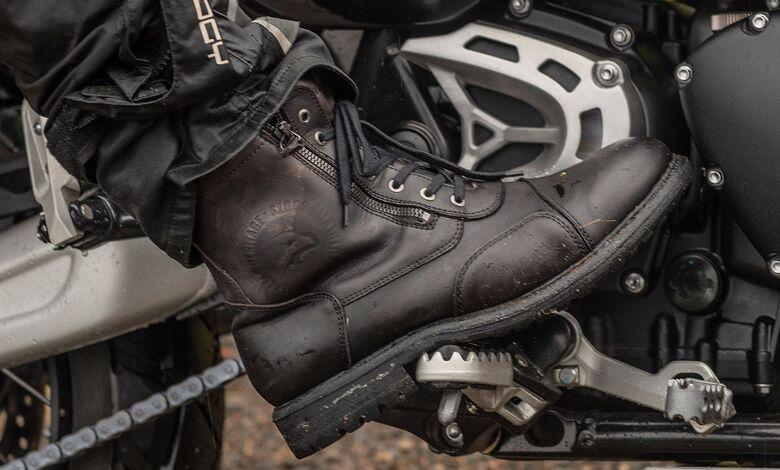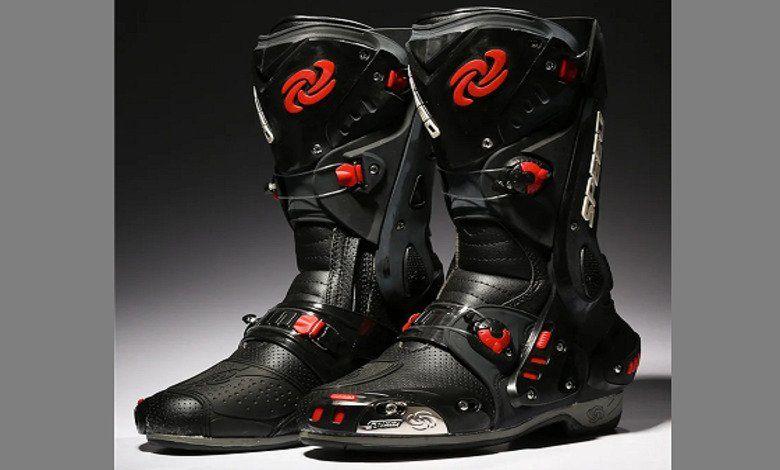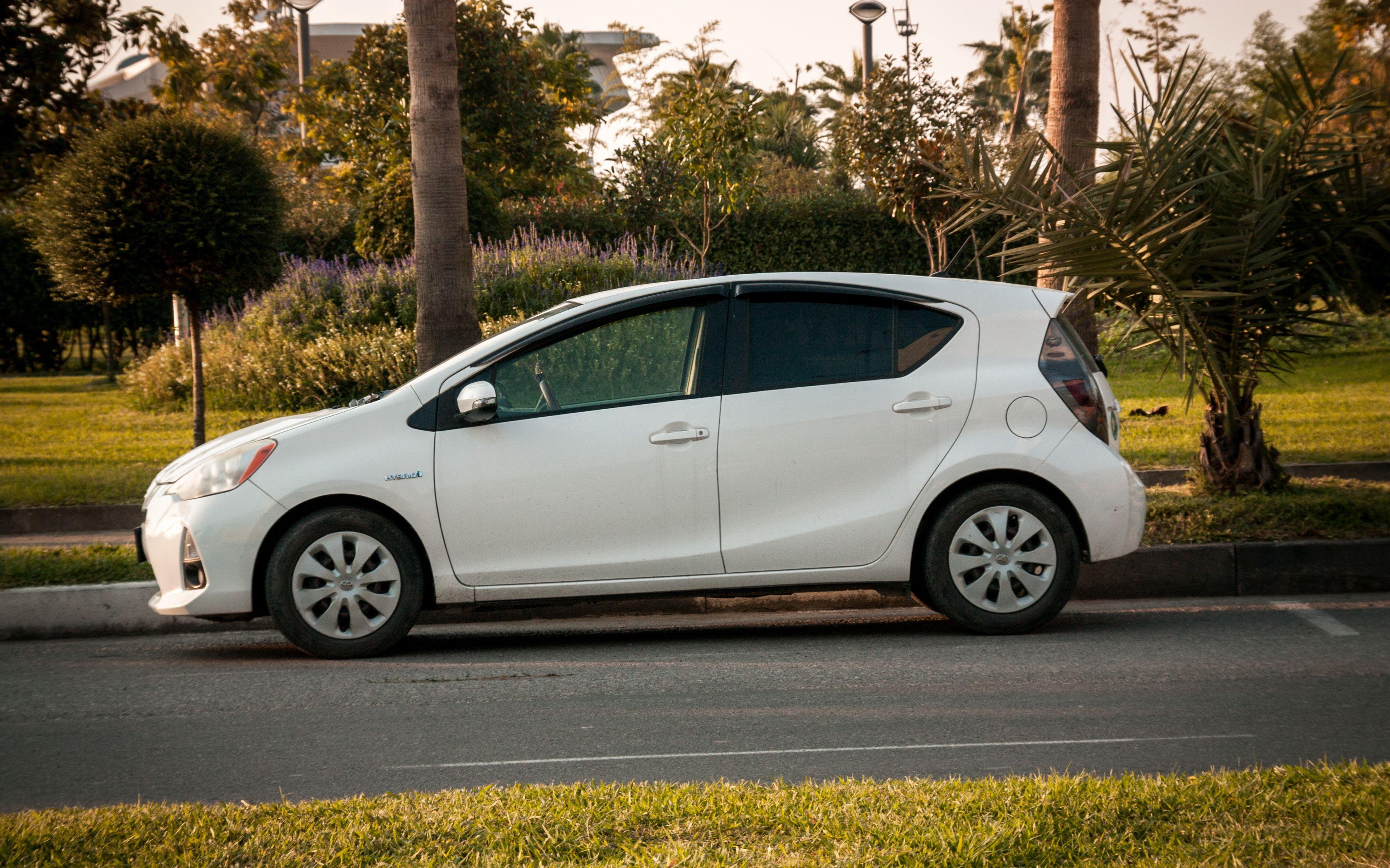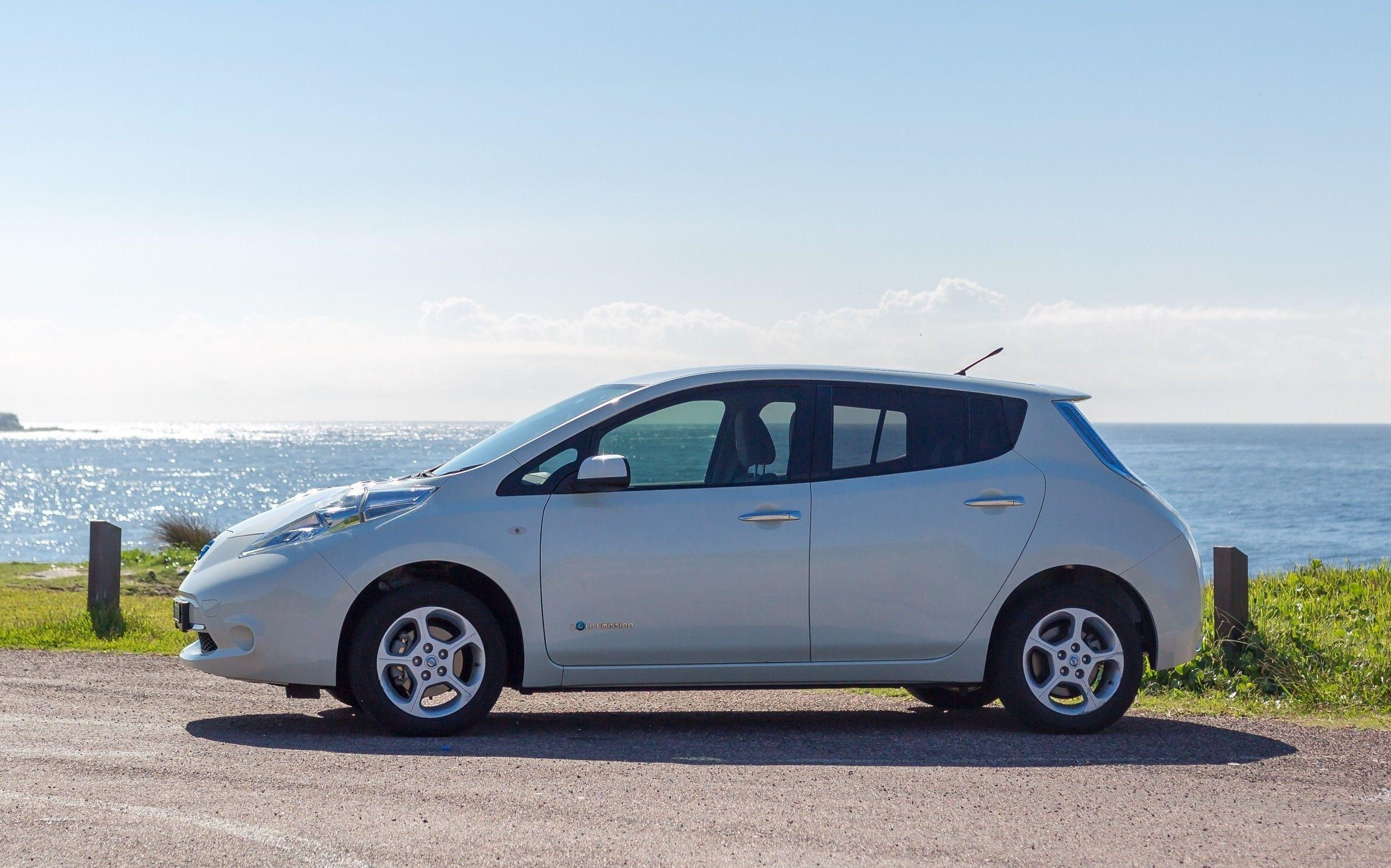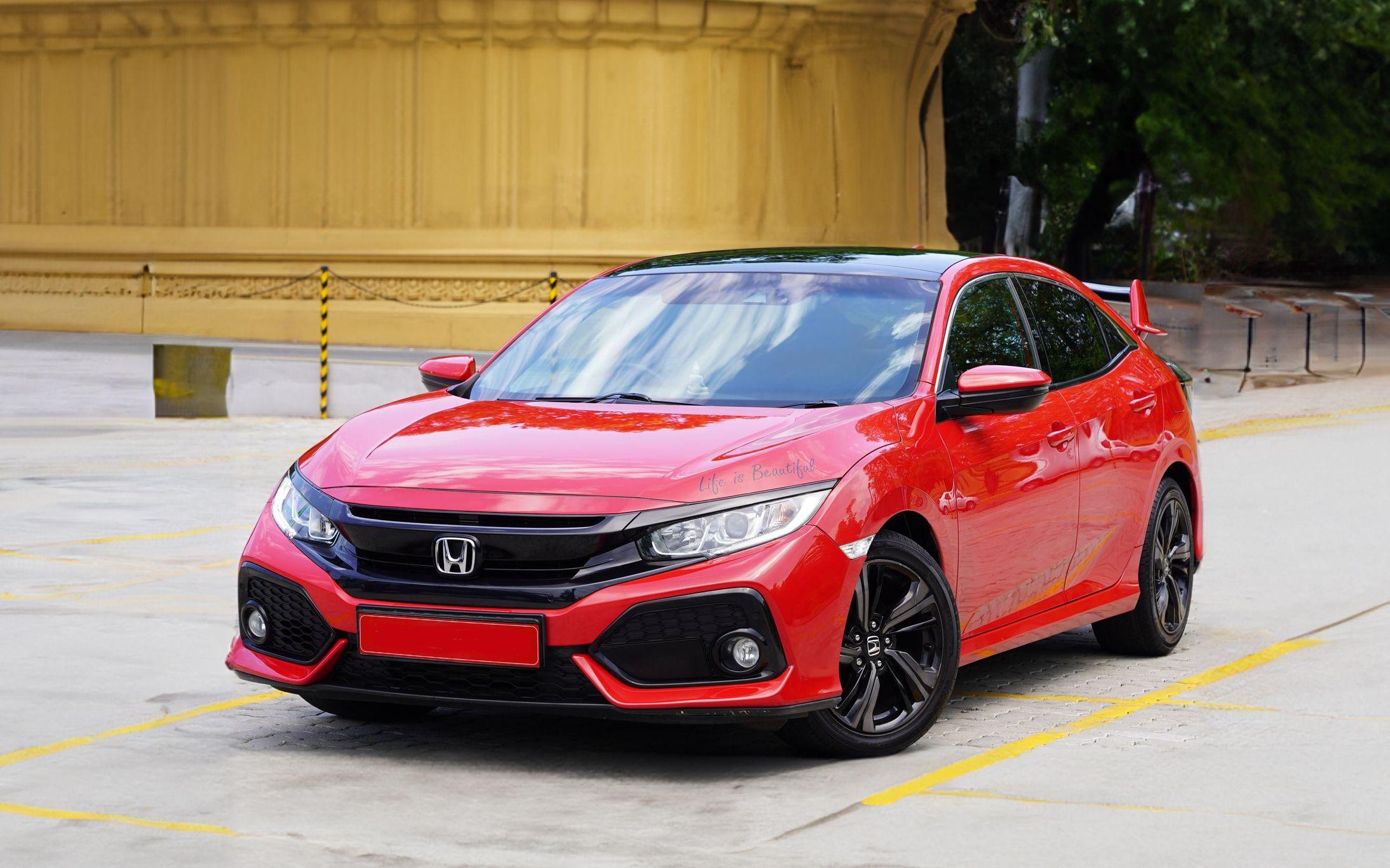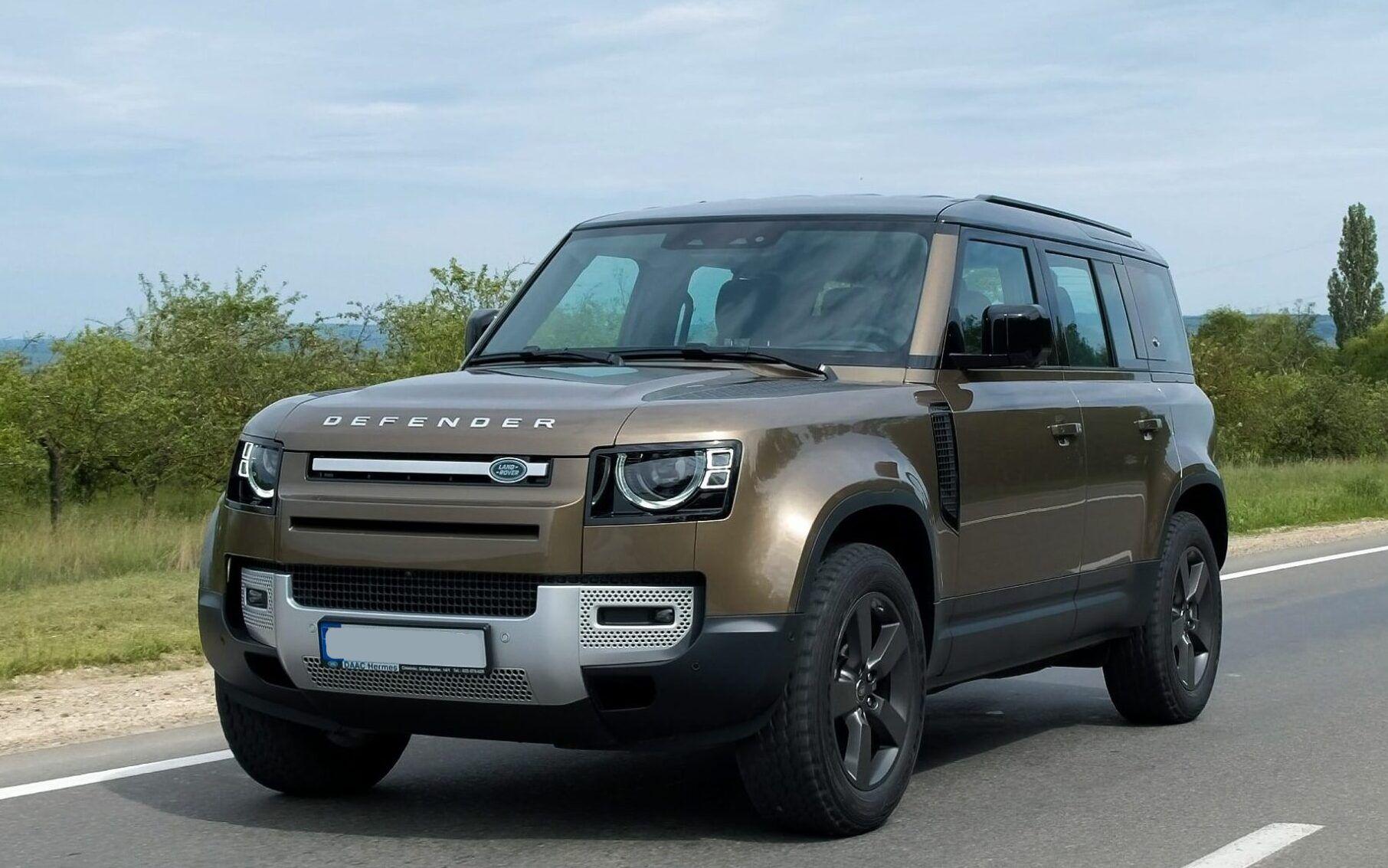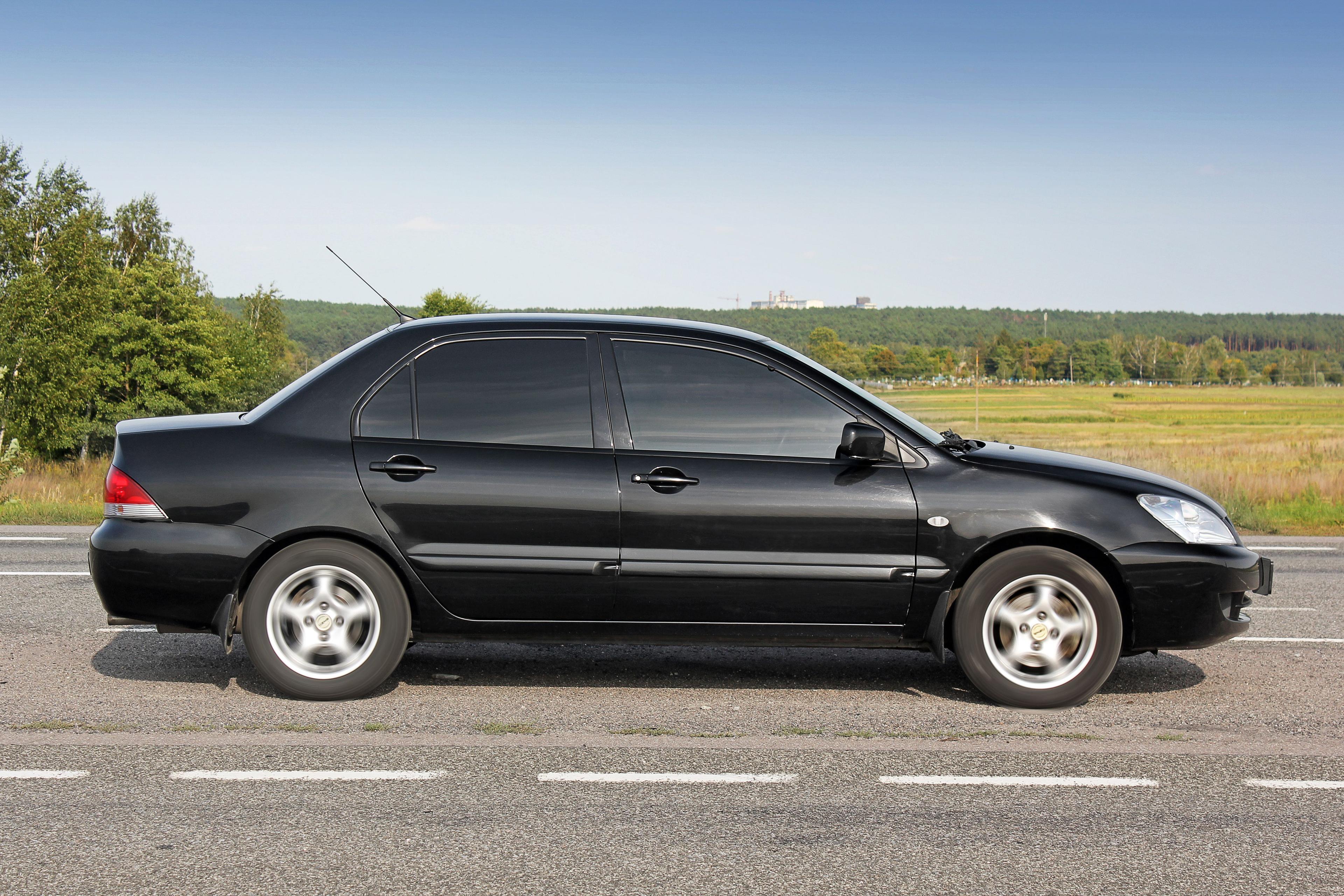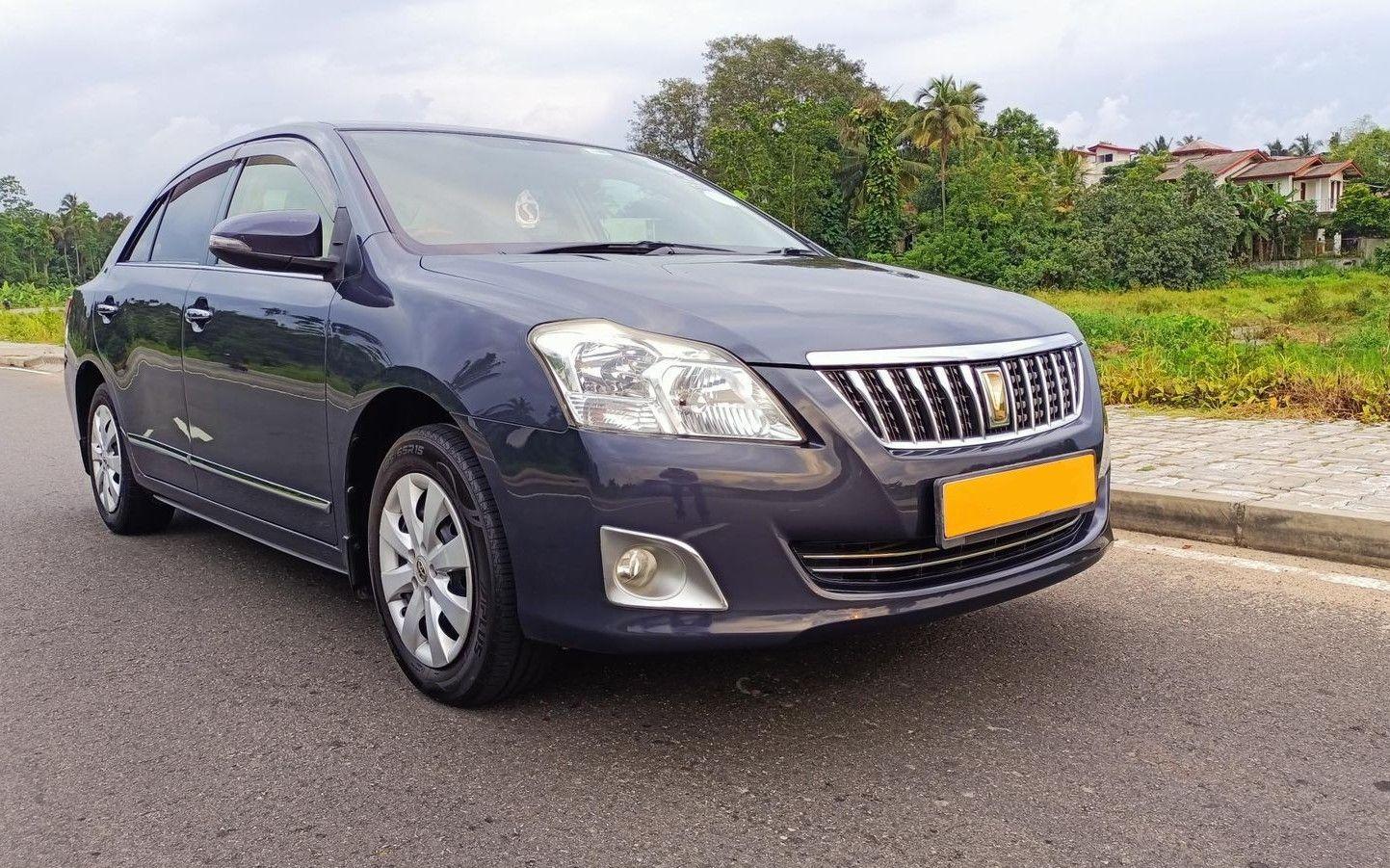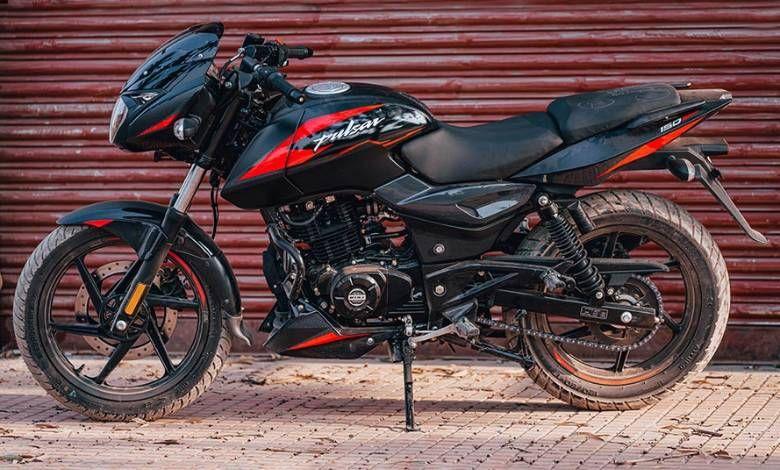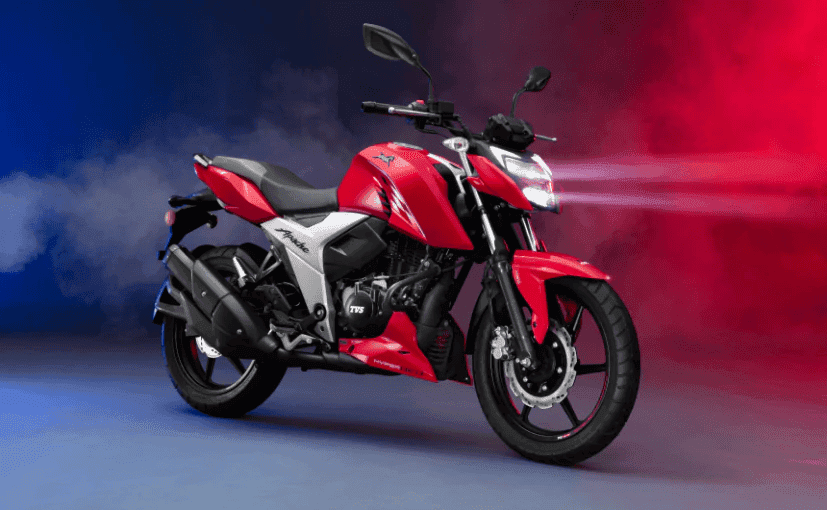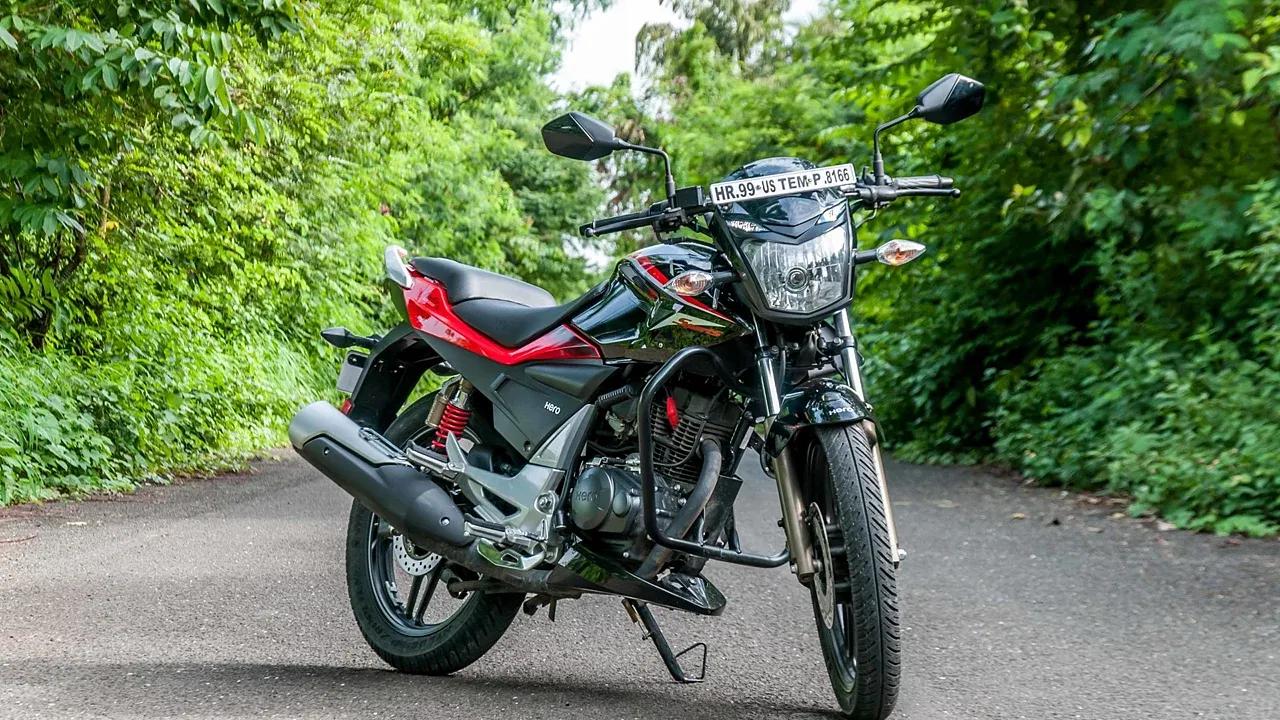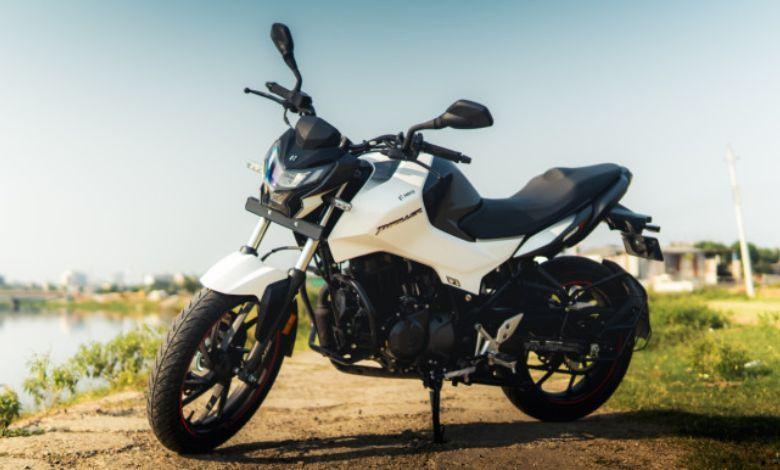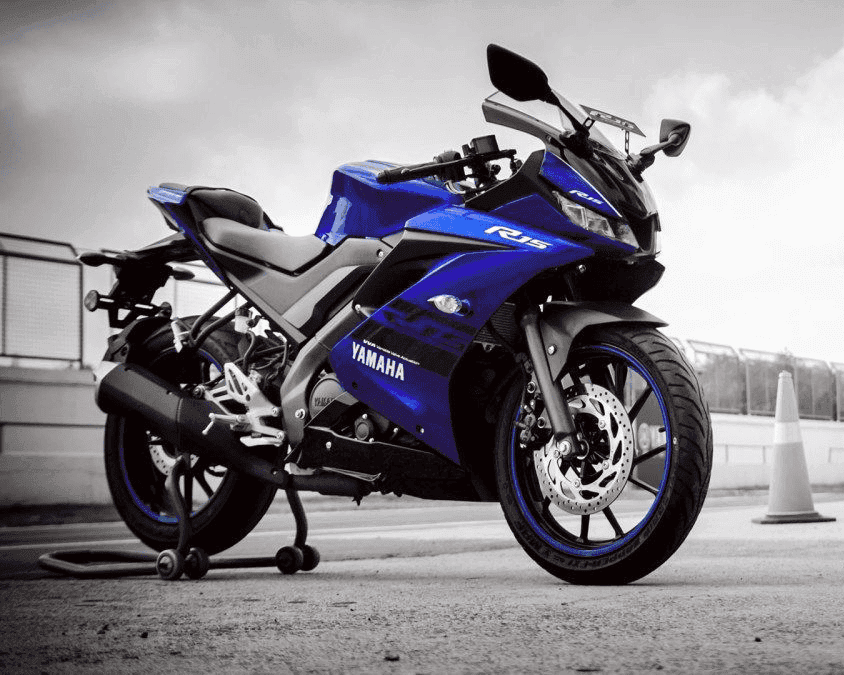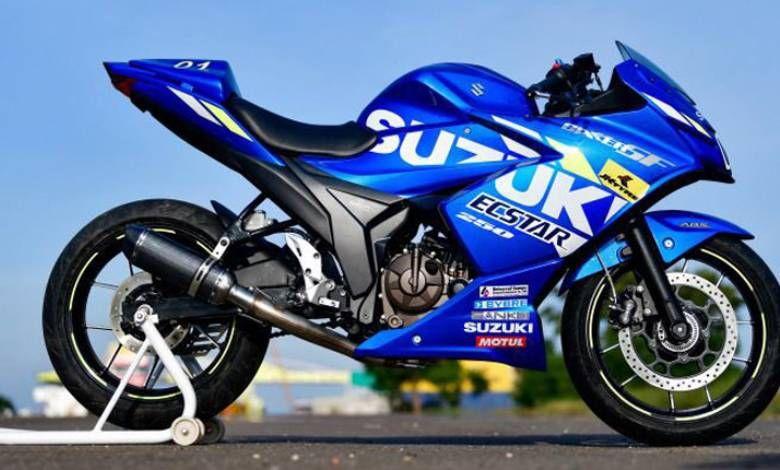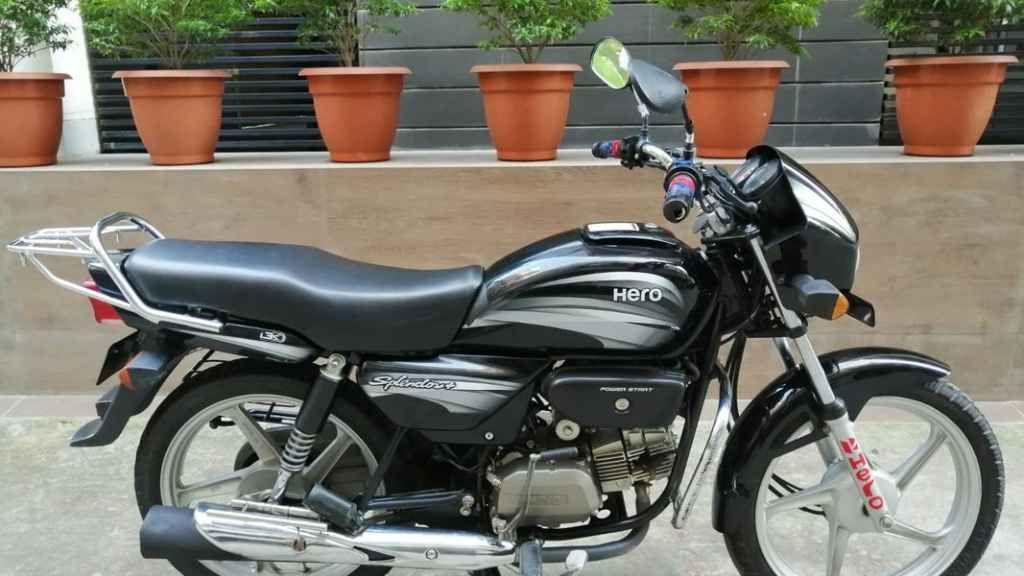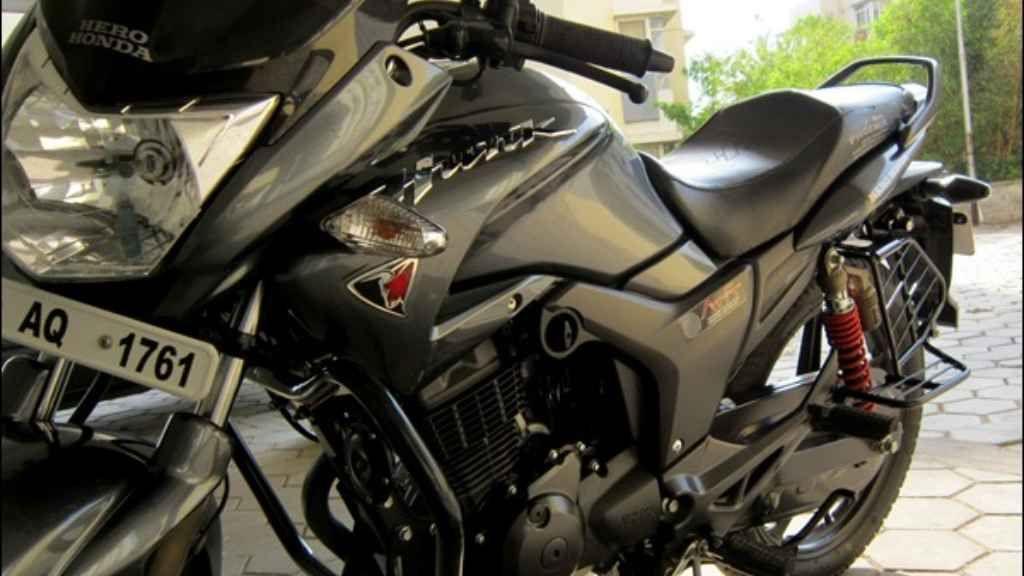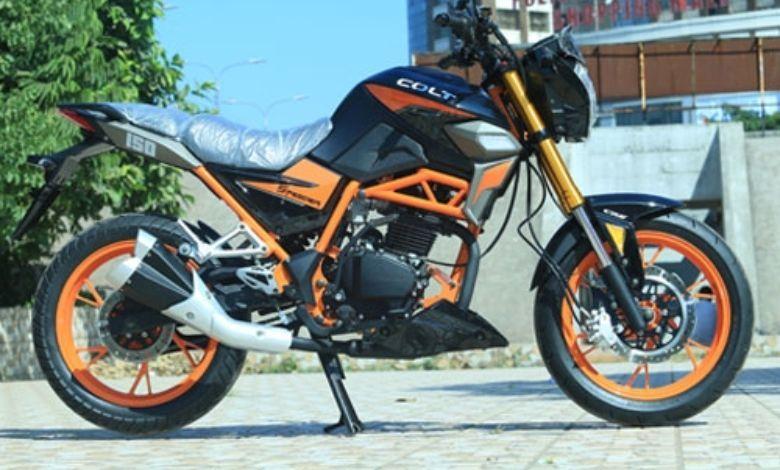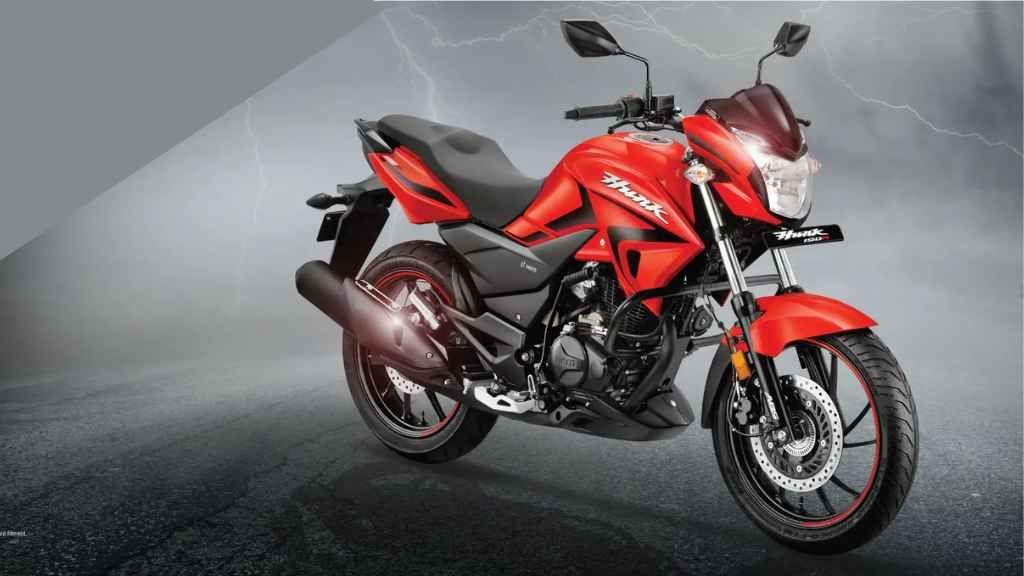How to Understand and Choose CE-Rated Motorcycle Gear
Safe motorcycle riding requires quality gear. Especially for those who use motorbikes for long drives, it is essential to use appropriate safe motorcycle clothing to ensure their safety. The rating system used worldwide to ensure the quality of motorcycle gear is the CE rating. In today's article, we will discuss CE Rated motorcycle gear.
The full form of CE is "conformité européenne" or "European conformity", meaning "European assurance". The European Union set this standard for the European Economic Area in 1993, which was last revised in 2020. Although this rating is primarily used to determine product quality in the European market, it is currently used worldwide for credibility.
How is CE rating determined?
CE ratings vary depending on the quality and usage rules of motorcycle gear. CE rating has two parts. One is class and the other is code. Motorcycle gear classes range from C to AAA, encompassing several categories. These primarily indicate the quality of the gear. For example -
Class C - This is made of very thin fabric and cannot handle much stress beyond ordinary jolts.
Class B - This is quite robust compared to the previous class and protects the rider from serious cuts and abrasions if they fall and slide on the road for any reason.
Class A - Gear in this class will protect the rider from serious scratches and severe impacts.
Class AA - In this class, the rider will be protected from scratches, as well as from impacts if they slip and collide with something heavy.
Class AAA - The highest category is for gear that will protect the rider from even the slightest scratch. This is generally the most effective gear for high-speed racing or fast riding.
These classes are for full-body gear. That means jackets or pants, for such CE Rated motorcycle gear, are marked from Class C to Class AAA. However, for other gear like gloves, knee pads, Level 1 and Level 2 are used.
Level 1 is standard quality motorcycle gear. While it offers some protection to the rider, it might not provide full support in severe accidents. According to standards, a rider can feel up to 18 kilonewtons of force with Level 1. Level 2 is the best quality gear available on the market. It significantly increases the rider's safety. With this, a rider can feel up to 9 kilonewtons of force.
How to understand CE rating?
To understand CE Rated motorcycle gear, one must understand its numbering system. Let's understand it with an example.
The image shows a back protector with the CE code EN 17092-6:2020. Let's break it down one by one.
- EN means "European Norm". This means its testing has been done in accordance with European standards.
- 17092 is the standard series that came into effect from 2020.
- -6 indicates which part of the rider this gear is protecting. Different codes are used for different parts of the body. If there is a dash (-) before the code, it means the gear is specifically designed for that part. The code for this part ranges from 2 to 6.
- 2020 is the year the gear was last tested.
By observing in this way, it is possible to determine the CE code of a gear.
How to understand CE certification?
For CE Rated motorcycle gear, a total of 3 types of certification are used.
- CE Tested: This means the garment manufacturer has tested the gear within their own facilities. However, no field testing has been done.
- CE Certified: This means a special testing has been done for a specific part of the gear. Customers should find out which part was tested before buying.
- CE Approved: This means multiple parts of the gear have been tested, and it is more reliable.
By paying attention to all these aspects, we can easily understand the CE rating of motorcycle gear. One must pay attention to the gear's class, code, and certification. The higher the rating of the gear you choose, the greater the rider's safety probability.

